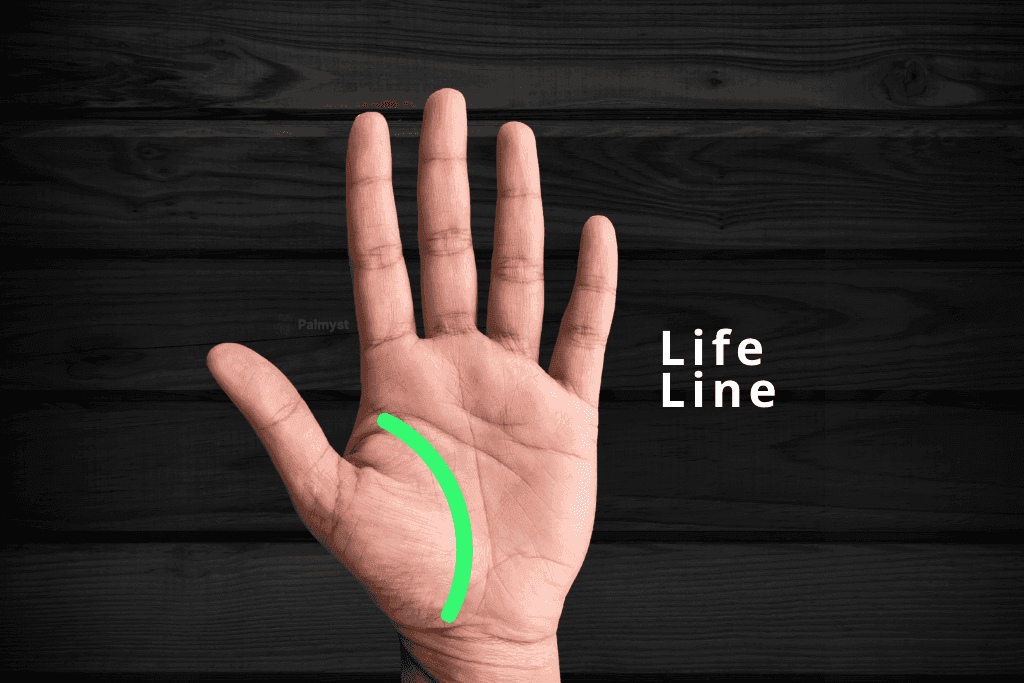Basics of Palmistry
Lifeline Palm Reading: What Your Life Line Reveals About Health, Energy & Vitality
The life line, or Jeevan Rekha, is one of the most important lines examined in lifeline palm reading. Often misunderstood as a predictor of lifespan, the life line actually offers deep insights into your physical health, energy levels, and ability to overcome challenges. In this blog, we’ll explore how reading your life line can help you better understand your well-being and make smarter lifestyle choices.
1. Understanding the Life Line in Palmistry
The life line typically arcs around the base of the thumb and encircles the Mount of Venus, ending near the wrist. While many think it indicates how long you’ll live, palmists agree: lifeline palm reading is more about the quality of your life, including resilience, stamina, and overall vitality.
Long and deep life line = strong health and high energy.
Short or faint life line = possible low vitality or stress-related issues.
2. Health Signals in Lifeline Palm Reading
Your life line reveals patterns related to wellness and potential health concerns:
Breaks may reflect serious illnesses or recovery periods.
Chains or islands often relate to chronic stress, energy dips, or long-term health burdens.
Forked endings can indicate lifestyle shifts or travel impacting your health.
🧬 Reference: Wijerathne et al. (2015) confirm that palm patterns have genetic correlations with health conditions, giving more scientific weight to lifeline palm reading.
3. Measuring Vitality Through the Life Line
A deep and well-defined life line = strong constitution, good immunity, emotional stability.
A shallow or fragmented life line = sensitivity to stress, possible burnout or need for greater self-care.
Understanding your energy patterns through your lifeline can help you take preventive actions like improving sleep, managing work-life balance, or adjusting diet and exercise habits.
4. Signs of Health Challenges
Certain symbols in lifeline palm reading point to health risks:
Breaks and gaps = illness, accident, or lifestyle change.
Chains = low immunity or stress-prone phases.
Islands = emotional or physical exhaustion.
Crosses or cuts = unexpected health or personal challenges.
Identifying these signs can motivate early interventions and improve life quality.
5. Using Lifeline Palm Reading to Boost Well-being
Palmistry can guide proactive health decisions:
If your life line shows stress, consider meditation, nature walks, or lifestyle detoxes.
A disrupted line may suggest the need for regular medical checkups or emotional support.
Discover how Shah Rukh Khan’s palmistry reading reveals a short life line — a sign of someone who thrives on constant momentum, yet must consciously manage energy and avoid burnout.
📚 Reference: Reed (1981) emphasizes that palm patterns can give early warnings, enabling you to take control of your health journey.
🧠 Final Thoughts
Lifeline palm reading provides a window into your vitality, health, and resilience. While it’s not a substitute for medical advice, it offers a holistic lens to view your body’s needs and strengths.
If you want to learn more about all lines and mounts, check out the palm reading guide.
🔍 What does your life line say about you?
Try the Health Outlook tool in the Palmyst app and uncover the secrets of your energy, wellness, and vitality!









